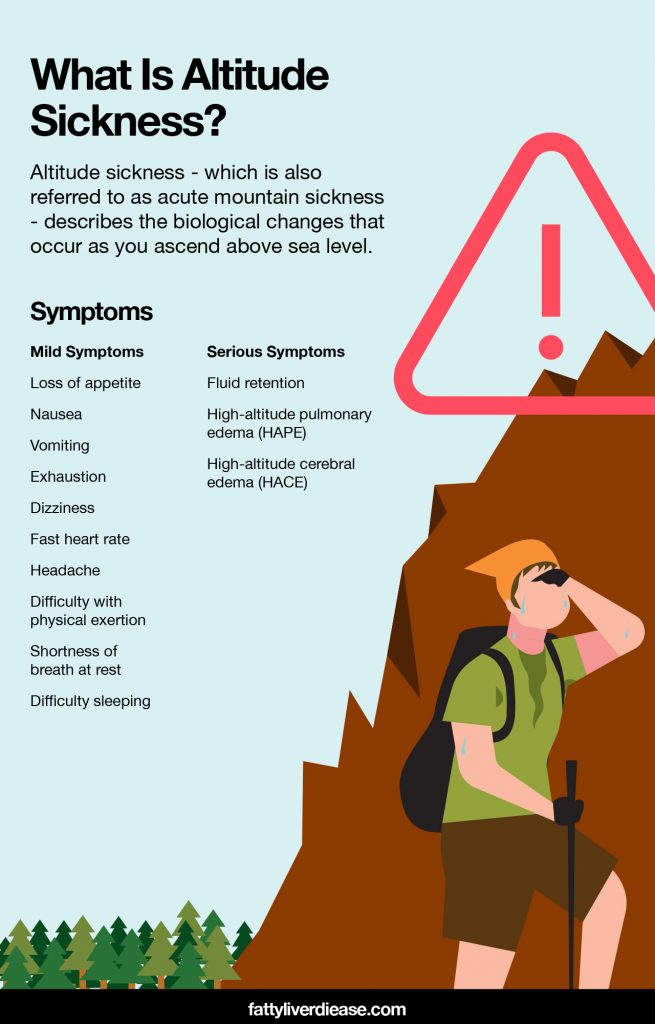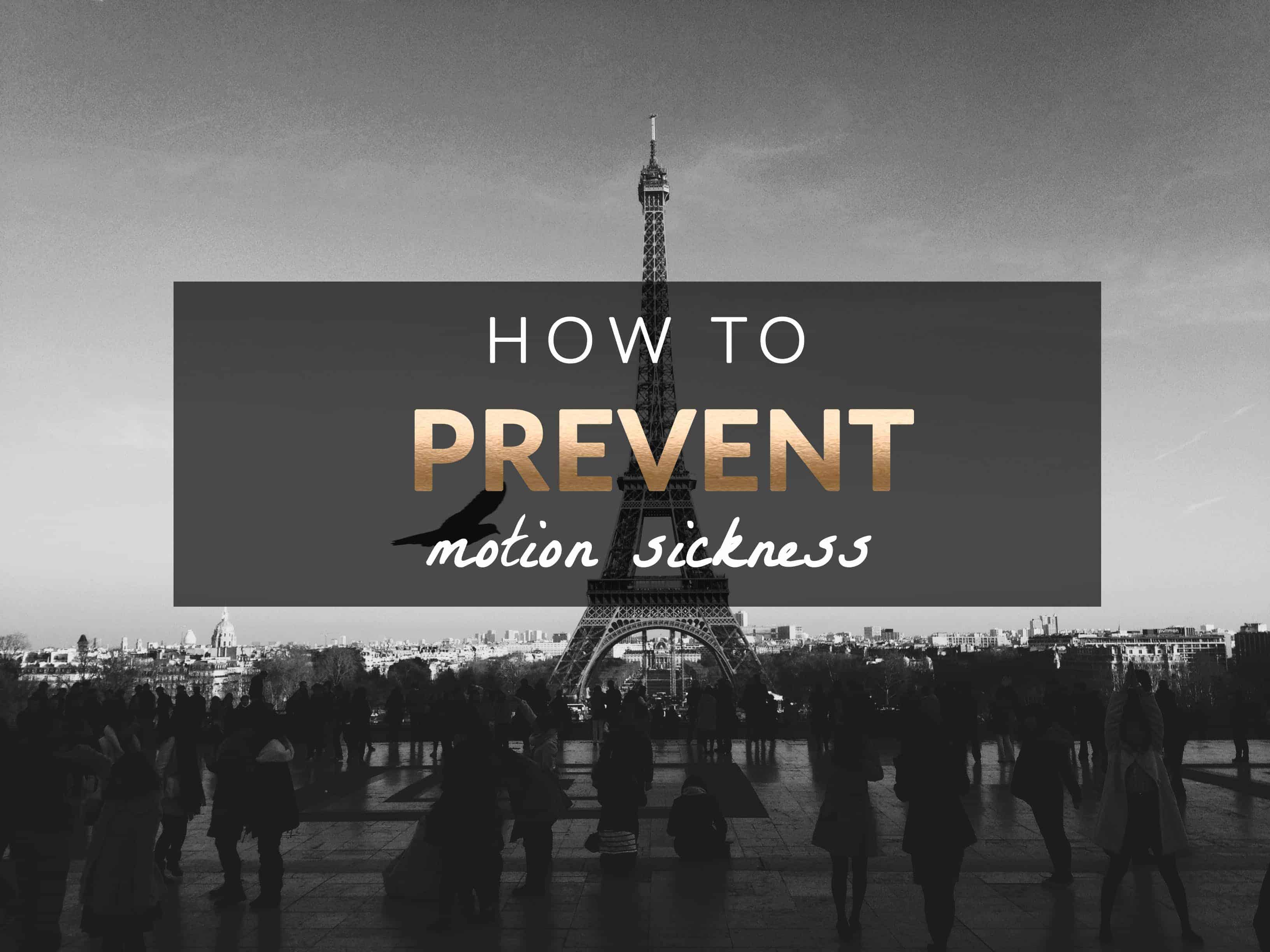Outrageous Tips About How To Prevent Elevation Sickness

And the dry conditions that come with higher elevations don’t help:
How to prevent elevation sickness. While evidence of this is anecdotal, there. When you’re mountain climbing, hiking, driving, or doing any other activity at a high altitude, your. If you have mild symptoms that last for a few hours, you may be able to control the problem with rest and hydration.
What are the types of altitude. If your symptoms are severe, do not improve, or they are.
Quite simply, drink a minimum of five liters of water per day, no matter what. In south america, travelers are often told to try coca (made from coca leaves) or muña teato alleviate mild symptoms of altitude sickness. Symptoms usually come on within 12 to 24 hours of reaching a higher.
At higher altitudes, the pressure of the air around. Lewine, md, chief medical editor, harvard health publishing. Fatigue and loss of energy.
Survival wilderness survival. Low oxygen levels found at high altitudes can put you at risk for altitude sickness.
You can prevent altitude sickness by taking your time going up in altitude. The lack of humidity makes moisture evaporate quickly, which can trick you into thinking you’re not. Here's how to cope with.
Staged ascent and preacclimatization to hypoxia also reduce risk. Just by breathing hypoxic air, whether while exercising or resting, you can start a safe acclimatization process and reduce the risk of developing altitude sickness. Altitude sickness is more likely.
Drink 5 liters of water per day. This is easier at lower elevations when it’s hot, but becomes more. How to prevent altitude sickness.
A prescription medication called acetazolamide (diamox) may be used to speed your recovery or prevent symptoms in the first place. Hydration and physical fitness have nothing to do with altitude sickness. Altitude sickness occurs when you cannot get enough oxygen from.
How do you prevent altitude sickness? Limit how fast you ascend. Breathing oxygen from a tank can help you.


















